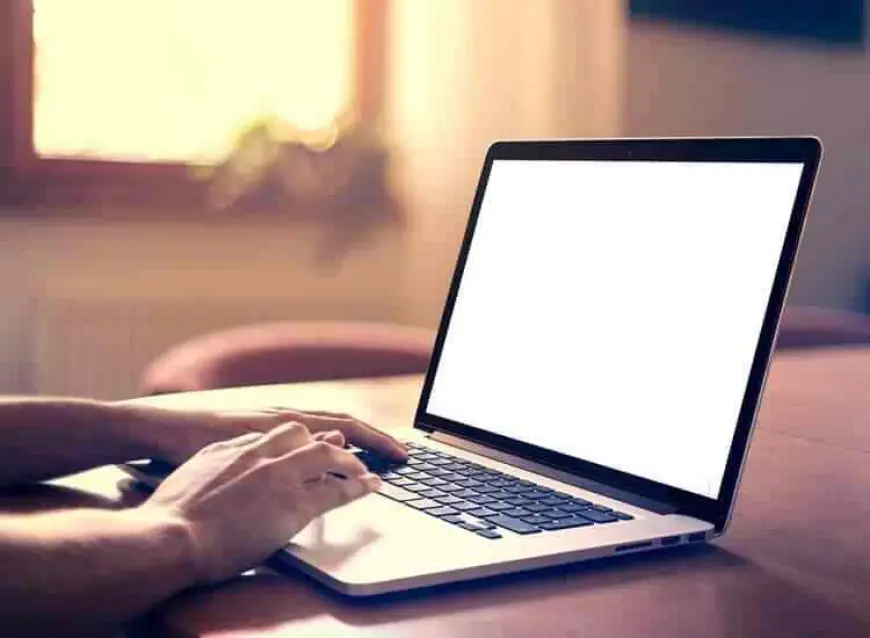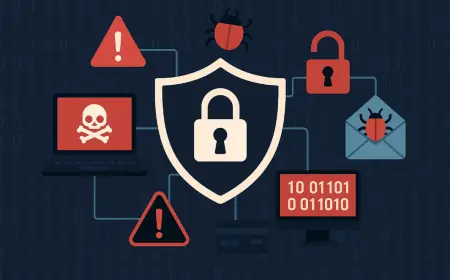Second Hand Laptop Buying Checklist for First-Time Buyers
Looking for a refurbished laptop in Jaipur that delivers top performance without breaking the bank? You’ve come to the right place! At JustLikeNew.com, we specialize in providing second hand laptops in Jaipur that are fully tested, certified, and ready to use — just like new.

Buying a laptop doesn’t always have to mean spending a huge amount of money. If you are on a budget or simply looking for value, a second hand laptop can be a smart choice. The market for pre-owned laptops is growing, and with a little care, you can find a machine that feels just like new. But if you’re a first-time buyer, the process can feel confusing.
To make things easier, here’s a simple checklist that will guide you step by step when buying a second hand laptop.
1. Decide What You Really Need
Before you even start browsing, ask yourself: What will I use this laptop for?
-
If it’s for basic tasks like browsing, emails, or online classes, you don’t need a high-end machine.
-
If it’s for design work, programming, or gaming, then performance matters more.
Knowing your purpose will help you narrow down the specifications you should look for, instead of being swayed by fancy features that you may never use.
2. Set Your Budget
A second hand laptop can cost anywhere from a few thousand to more than half the price of a new one. Setting a budget not only keeps you from overspending but also helps you compare options fairly. Keep in mind that spending a little extra for a reliable laptop is better than choosing the cheapest one that may not last long.
3. Research the Model
Once you find a laptop you like, look up its model online. Check reviews, performance ratings, and user experiences. This step tells you whether the laptop is still relevant and supported. For example, older models may no longer get software updates, which can affect security.
4. Inspect the Body and Screen
The outside condition tells you a lot about how the laptop was used. Check for:
-
Cracks or dents on the body.
-
Screen quality—no dead pixels, strange lines, or flickering.
-
Hinges—they should be tight, not wobbly.
Remember, a few scratches are fine for a used device, but avoid laptops with major physical damage.
5. Test the Keyboard and Trackpad
Sit down and type a few lines. Do all the keys respond properly? A sticky or unresponsive key can be frustrating in the long run. The trackpad should also be smooth and accurate, without sudden jumps.
6. Check the Battery Life
One of the most important things in a laptop is its battery. Over time, batteries lose their capacity. Ask the seller how long it lasts on average. If possible, check the battery health in the system settings. A laptop that needs to be plugged in all the time defeats the purpose of portability.
7. Verify the Ports and Connectivity
Plug in a USB drive, connect headphones, and check the charging port. Make sure Wi-Fi and Bluetooth work fine. Broken ports are not only inconvenient but also costly to repair.
8. Ask About the RAM and Storage
For smooth performance, at least 8GB RAM is ideal for most users. As for storage, check if the laptop has an SSD or HDD. An SSD (Solid State Drive) makes the laptop much faster—programs load quickly, and the system feels more responsive. If the laptop still has an HDD, you may want to upgrade it later.
9. Look Into the Operating System and License
Make sure the laptop comes with a genuine operating system like Windows or macOS. Ask the seller if the license is valid and transferable. Avoid laptops that run on pirated software, as it can lead to problems and even security risks.
10. Test the Webcam and Speakers
In today’s world of video calls, a working webcam and clear speakers are a must. Quickly open a video call app and test both. A blurry camera or weak audio might not seem like a dealbreaker now but can become annoying later.
11. Ask for Original Accessories
If possible, get the original charger and box. A compatible but non-original charger might affect the laptop’s performance or battery life. Original accessories also add to the trustworthiness of the purchase.
12. Verify the Warranty or Return Policy
Some sellers, especially certified refurbishers, offer a short warranty or return period. This gives you peace of mind and a safety net if something goes wrong. If you’re buying directly from an individual, make sure you at least test everything thoroughly before handing over the money.
13. Don’t Forget the Price Comparison
Before finalizing, compare the price of the second hand laptop with its new version or similar models in the market. Sometimes the difference may be small enough that buying a new one makes more sense. On the other hand, if you’re saving a good amount, it’s a win.
Final Thoughts
Buying a second hand laptop doesn’t have to be a gamble. With this checklist, you can shop with confidence and bring home a laptop that feels just like new. Take your time, test everything, and don’t hesitate to walk away if something doesn’t feel right. After all, a laptop is more than just a device—it’s your daily partner for work, study, and entertainment.
So the next time you see a tempting offer, run through this checklist. With the right approach, your second hand laptop can give you years of reliable service without burning a hole in your pocket.
What's Your Reaction?
 Like
0
Like
0
 Dislike
0
Dislike
0
 Love
0
Love
0
 Funny
0
Funny
0
 Angry
0
Angry
0
 Sad
0
Sad
0
 Wow
0
Wow
0
















































